Disclaimer: This blog post contains affiliate links. If you make a purchase through these links, I may earn a small commission at no additional cost to you. Learn More. Thank you for supporting our garden community.
How to Divide Perennial Plants in Your Garden
Perennials are a popular choice for gardeners due to their ability to produce beautiful blooms year after year. However, as they grow, they can become overcrowded and eventually start to underperform. Dividing perennial plants is a simple yet effective solution that helps maintain the health of your plants. In this post, we’ll provide an expert guide on how to divide perennial plants to promote a thriving garden.

Dividing perennial plants is an essential spring gardening task that needs to be done as soon as spring hits. Don’t wait too long, or your plants will be crowded.
How to Divide Perennial Plants
In this blog post, you will learn the importance and benefits of dividing perennial plants for a thriving garden. We will discover the best timing for dividing perennials, based on the specific types of plants and your climate zone.
This post provides guidance on selecting the right perennials for division, as well as step-by-step instructions on how to prepare for and execute the division process. Finally, you will gain valuable insights on planting the divided sections and the essential post-division care needed to ensure the health and continued growth of your perennial plants.
When to Divide Perennials
The best time to divide perennials is during the spring or fall. Spring is an ideal time for early-blooming perennials such as bleeding hearts, while late-blooming plants such as asters and chrysanthemums are better divided in the fall.
It’s important to research the specific timing for different perennial types. Additionally, consider your climate zone and weather patterns to ensure the healthiest transplant for your perennials.
If you want to buy perennial plants for your garden, Nature Hills Nursery has a wide selection of plants that will be perfect for your garden.
Selecting Perennials for Division

Not all perennials are ideal candidates for division. Look for mature plants that have been in the ground for at least two to three years and are showing signs of overcrowding, such as reduced flowering or smaller foliage.
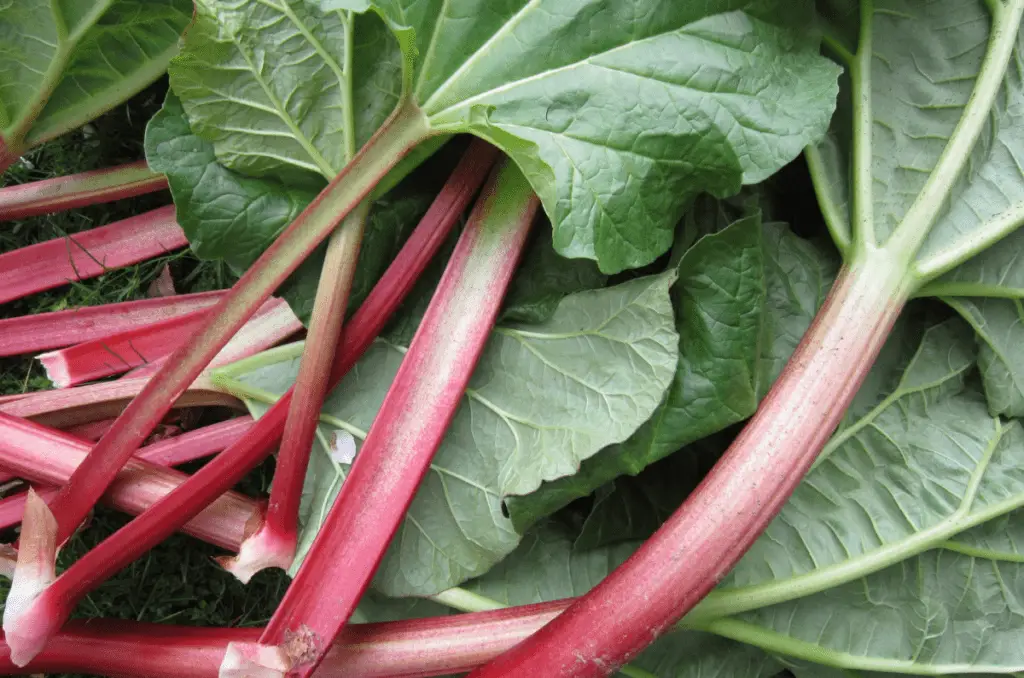
Some of the best perennials for division include hostas, daylilies, and peonies. And if you are thinking about garden vegetables, there are many perennials that should be divided for optimal growth: Mint, oregano, artichokes, and rhubarb are a few.
Preparation for Division
Preparation is crucial in ensuring a successful division. Begin by watering the plant a day or two before dividing to ensure it is well-hydrated. Gently loosen the soil around the base of the plant, making sure not to damage the roots.
Essential tools for division include a garden spade or garden fork, scissors, and gloves. You can purchase some gardening equipment from Bootstrap Farmer.
Dividing the Plant
Once the plant is loosened, lift it out of the ground using a garden spade or fork. Determine which sections to separate based on the root structure and natural growth pattern. Gently separate each section, trimming back any damaged or excessively long roots, and removing any dead or diseased foliage.
Keep in mind that some plants may require different techniques. Always handle the root system with care and plant each section as soon as possible to help promote healthy growth.
It is not guaranteed that your divided plants will take root and survive; some may die in the process. However, handling the plants with care will increase your ROI (Return On Investment) 😂.
Planting Divided Sections
Before planting, prepare the soil by loosening it and adding compost or organic matter. Plant each section at the same depth as the original plant, ensuring the roots are well-covered but the crown remains above the soil surface.
Provide enough space between newly planted sections to allow for future growth and expansion, and water thoroughly to settle the soil. Like I said before, your divided plants won’t always take root and grow.
Post-Division Care
Mulching newly planted sections helps retain moisture and control weed growth. Keeping the newly divided sections consistently moist for a few weeks until they establish new roots and begin growing is essential.
Finally, watch for any signs of stress or disease in your plants, and take necessary action if required, such as providing support or applying appropriate treatments. Watch out for aphids and powdery mildew, as these are common pests and diseases in the garden.
Frequently Asked Questions
Dividing helps rejuvenate perennials that become overcrowded or lose their vigor. Some perennials that respond well to dividing include daylilies, hostas, irises, and bee balm.
The best time to divide perennials depends on the type of plant. Many perennials are divided in early spring or fall when the plant is dormant but the ground isn’t frozen.
You’ll need a shovel or garden fork, a tarp or wheelbarrow, a sharp knife or pruners, and a watering can.
Water the plant thoroughly a day or two before dividing. Carefully insert your shovel or fork deep into the soil around the base of the plant, circling the plant to loosen the roots. Lift the entire root ball gently.
Divided perennials may not flower as heavily in the first year after dividing, but they should return to normal blooming the following season.
Products
For all-purpose organic fertilizers, check out Arber.
To buy organic, non-GMO garden seeds, check out SeedsNow.
For a wide selection of garden plants, check out Nature Hills Nursery.
For gardening equipment, check out Bootstrap Farmer.
Conclusion
Dividing perennial plants is a great way to maintain their health, promote growth, and ensure a thriving garden. By following these steps, you can successfully divide your perennials and enjoy their beauty for years to come. Happy gardening!
If you want to learn more about gardening, foraging, nature, and sustainability, check out The Real Gardener on Instagram, YouTube, and Pinterest.
Pin this post for later:
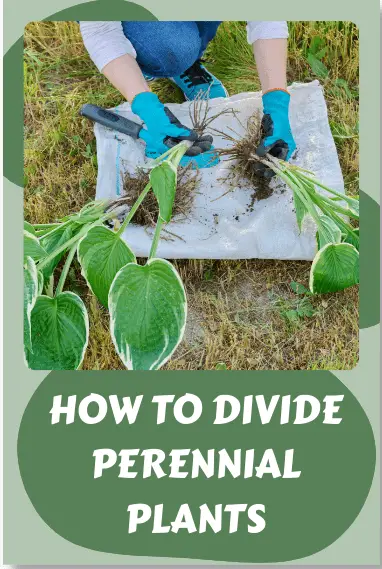
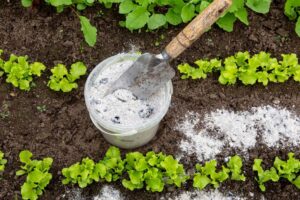
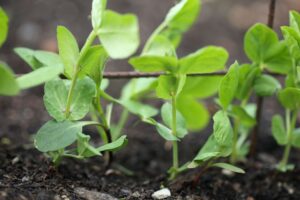
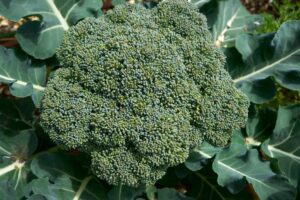
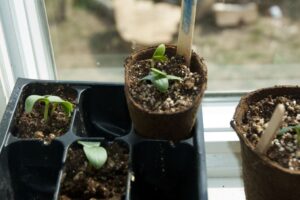
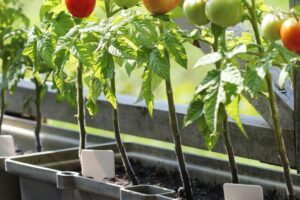
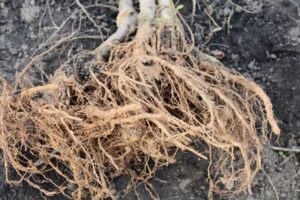
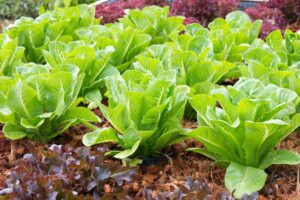
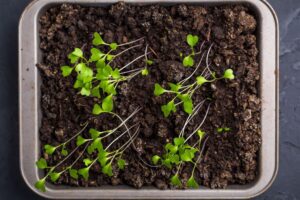
Leave a Reply